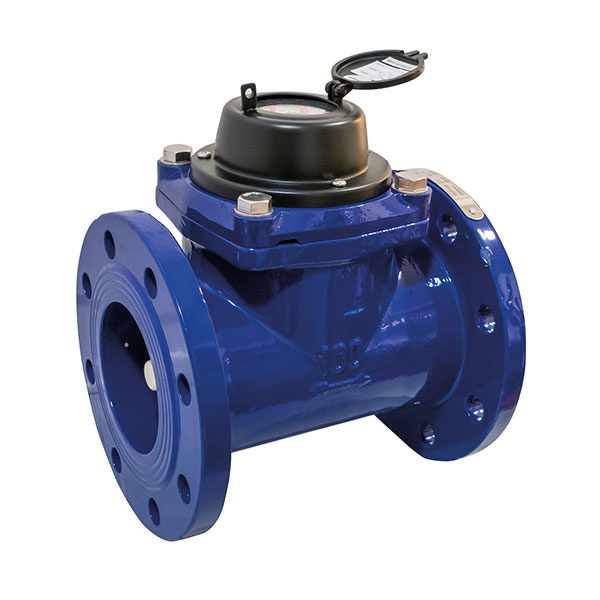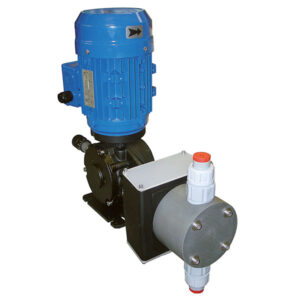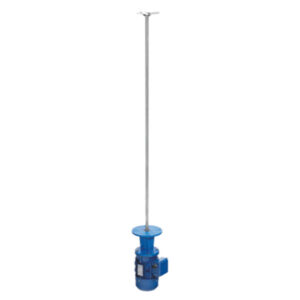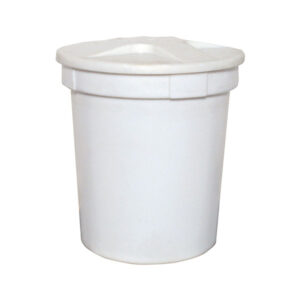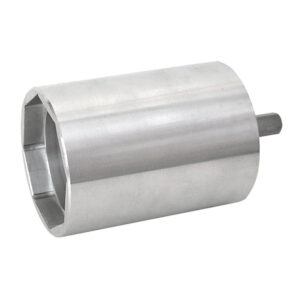WOLTMANN METER
IRRIGATION METERS
The Woltmann flowmeter is used to measure the total amount of cold or hot water consumed in civil, industrial and mining applications.
With more than 25 years of experience in product development in the sector.
Personalised advice
Our technical sales team will solve your doubts or needs.
Technical information:
*In the mobile version, swipe to the right to view the entire table.
WOLTMANN COUNTER CHARACTERISTICS
• Dry quadrant with magnetic transmission device.
• High quality components and materials to guarantee reliable and long-lasting performance, low pressure drop and long use life.
•Accuracy in measurement conforms to GB / T 778 to 2007, ISO 4064 to 2005 Standard.
•Interchangeability of the dial and clock between the meters in this line, without the need to disassemble the meter from the pipe for easy maintenance.
WOLTMANN METER SPECIFICATIONS
•<Humidity:<93%
• Service pressure: ≤ 1.0MPa
•Pressure drop: ≤0.1MPa
•The liquid must meet national drinking water standards.
WOLTMANN METER INSTALLATION
By design, Woltmann meters are sensitive to the inflow profile, so the turbulence produced by the accessories or valves in the vicinity of the meter must be taken into account.
It is advisable to install a straight pipe section of 10xDN* in front of the meter and a section of 5xDN * behind it, for dimensions of 2” up to 12” (*DN= Nominal Diameter of the valve in inches).
WOLTMANN COUNTER OPERATION
•It is read in the following order: main (top-centre), right wheel (centre-right), down wheel (centre-down) and small marker (botton-left)
Each marker has multiplication factors, which are always multiples or fractions of 10. If it is empty, we assume that the factor is X1. we assume that the factor is X1.
•To obtain a correct reading you have to follow the order of the second point and multiply each marker by the corresponding factor and add the 4 markers together at the end.
•The final reading is always obtained in cubic meters (unit of volume).
